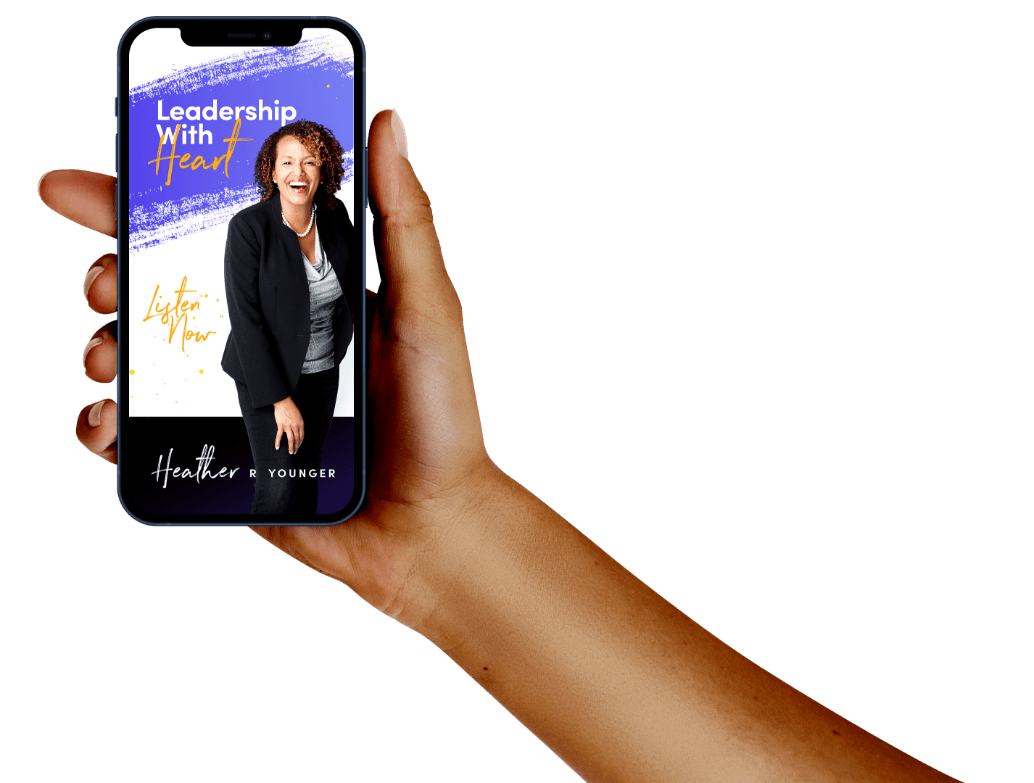What Isn't Seen
Disabilities in the workplace, both seen and unseen, can often leave us wondering how to lead our people in the most effective and supportive way. Especially when they’re visibly going through a rough patch. One leader shared with me that when he discovered one of his employees was struggling with anxiety, he went home that evening and researched more about anxiety so he could help lead them better. He also looked up what internal resources he could offer this team member.
We all have internal battles that we deal with daily, and far too often, they stay hidden below the surface. When we take the time to sit with our people and spend more time with them and listen to them, we show them that we care enough to dig deeper into what they really need from us. Displaying these qualities will build trust with your team, and with trust comes communication. If an employee of yours suffers from anxiety or depression, they may also be fearful of opening up to you, whether related to work or something personal. Be willing to meet people where they’re at and get used to being comfortable with the uncomfortable.
In a recent employee listening session, one employee who was in a wheelchair, mentioned how hard it is to “fit in” when there are parties that don’t seem inclusive. Another employee said that his anxiety made sitting in an open space at work even more difficult. He preferred to sit with his back against a wall. In both examples, those at work made assumptions about these employees’ decisions and even their posture. The assumptions were all wrong.
Anxiety is different from workplace stress. Stress is often caused by deadlines and juggling demanding tasks at work. However, anxiety can feel like life is out of control. Anxiety in the workplace is often caused by:
- Heavy workloads
- Poor management (lack of communication, micromanaging)
- Long working hours
- Lack of autonomy
- Conflicts with colleagues
Open Door Policy
Being able to speak openly about personal issues fosters a community-led workplace that will not only encourage each other, but will be better equipped for future concerns that may arise. A great way to start this process is to have an open-door policy, even if you’re virtual. Of course, it will ultimately be up to your employee if they want to share what may be going on with them. But giving them a small nudge that your door is always open by scheduling one-on-ones with them certainly won’t exacerbate the situation. If your team feels like they can’t come to you in times of need, their symptoms and stress will only heighten.
Stress-Reducing Activities
Build stress-reducing activities into the workday. With minimal effort, you can start meetings with a round-robin question that will allow people to laugh and connect (Google “fun icebreaker questions” for ideas). Encourage staff to share memes or quotes. Do a 15-minute yoga session as a team to remind people to get up and stretch. Plan lunch get-togethers via Zoom.
Lead with Empathy & Show Appreciation
Not everyone is in the same place mentally and emotionally in terms of their coping, anxiety, and comfort level, especially post-pandemic. Be careful not to make assumptions that your team members are dealing with stressors and information the same way as you. Show grace, compassion, and understanding with every touchpoint. It’s also a good reminder that showing value and appreciation for another person does wonders for our mental health (both as the giver and receiver of that joy). Express gratitude by taking time to say thank you for something specific or start a meeting with someone sharing what they are grateful for that day. Gather wins on a specific day each week to celebrate accomplishments.
A culture of openness, gratitude, and appreciation promotes feelings of self-worth and trust. This will help alleviate the mental struggles your team may face day-to-day. We all have our bad days, but by showing care and support to our people during their struggles, we can encourage them to turn those bad days into better days. When we open our eyes to understand that those with seen and unseen disabilities face different challenges, and we show up with compassion to help remove barriers for them, we show them that we genuinely care. This makes all the difference.






